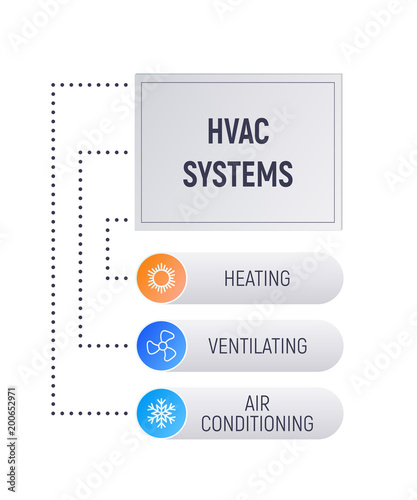The Ultimate Overview To Understanding Heat Pumps - Just How Do They Work?
The Ultimate Overview To Understanding Heat Pumps - Just How Do They Work?
Blog Article
Material Create By-Whitfield Dickson
The most effective heat pumps can conserve you substantial amounts of cash on power bills. They can additionally help in reducing greenhouse gas discharges, specifically if you utilize electrical energy in place of nonrenewable fuel sources like lp and heating oil or electric-resistance furnaces.
Heat pumps work quite the like ac unit do. This makes them a practical alternative to conventional electric home furnace.
How They Function
Heat pumps cool down homes in the summertime and, with a little help from power or natural gas, they offer some of your home's home heating in the winter season. They're an excellent option for people that wish to reduce their use of nonrenewable fuel sources yet aren't ready to change their existing heater and cooling system.
They rely on the physical reality that also in air that appears also cool, there's still energy present: warm air is always moving, and it wants to move into cooler, lower-pressure settings like your home.
Many power STAR accredited heatpump operate at near to their heating or cooling ability throughout the majority of the year, minimizing on/off cycling and saving energy. For the best performance, concentrate on systems with a high SEER and HSPF score.
The Compressor
The heart of the heatpump is the compressor, which is also referred to as an air compressor. This mechanical streaming tool uses prospective power from power creation to increase the pressure of a gas by lowering its volume. It is different from a pump because it just works on gases and can't deal with liquids, as pumps do.
Climatic air gets in the compressor through an inlet shutoff. It circumnavigates vane-mounted arms with self-adjusting size that separate the inside of the compressor, creating several cavities of differing dimension. The blades's spin pressures these dental caries to move in and out of phase with each other, pressing the air.
The compressor pulls in the low-temperature, high-pressure refrigerant vapor from the evaporator and compresses it into the warm, pressurized state of a gas. browse around this web-site is repeated as required to supply heating or cooling as needed. The compressor additionally contains a desuperheater coil that recycles the waste warm and includes superheat to the cooling agent, altering it from its fluid to vapor state.
The Evaporator
The evaporator in heat pumps does the same thing as it does in refrigerators and a/c unit, changing fluid cooling agent right into an aeriform vapor that gets rid of heat from the area. Heat pump systems would not function without this critical piece of equipment.
This part of the system is located inside your home or building in an interior air trainer, which can be either a ducted or ductless device. It has an evaporator coil and the compressor that presses the low-pressure vapor from the evaporator to high pressure gas.
simply click the next website take in ambient warm from the air, and after that make use of power to transfer that warm to a home or service in home heating mode. That makes them a great deal much more power reliable than electrical heating systems or heating systems, and due to the fact that they're utilizing tidy electrical energy from the grid (and not shedding fuel), they also produce far fewer exhausts. That's why heatpump are such wonderful ecological selections. (As well as a substantial reason why they're becoming so preferred.).
The Thermostat.
Heatpump are wonderful choices for homes in chilly environments, and you can use them in mix with typical duct-based systems and even go ductless. hvac air conditioning 're a great alternative to nonrenewable fuel source furnace or traditional electric furnaces, and they're more lasting than oil, gas or nuclear HVAC devices.
Your thermostat is one of the most important element of your heatpump system, and it functions really in a different way than a traditional thermostat. All mechanical thermostats (all non-electronic ones) job by utilizing substances that alter dimension with boosting temperature level, like coiled bimetallic strips or the expanding wax in an automobile radiator shutoff.
These strips contain 2 different kinds of metal, and they're bolted with each other to form a bridge that finishes an electrical circuit attached to your a/c system. As the strip obtains warmer, one side of the bridge increases faster than the various other, which causes it to bend and signal that the heater is needed. When the heat pump remains in heating mode, the reversing valve reverses the circulation of cooling agent, so that the outdoors coil currently works as an evaporator and the interior cylinder comes to be a condenser.